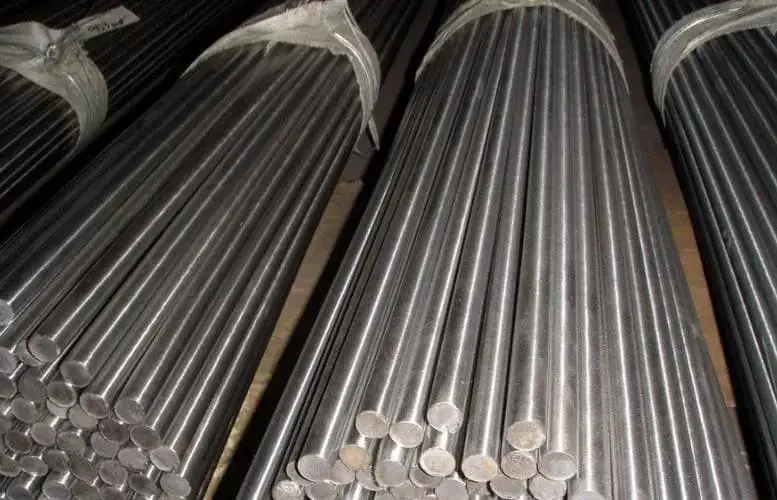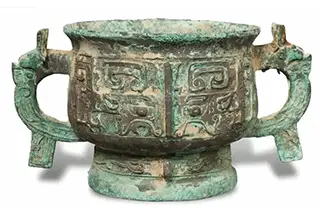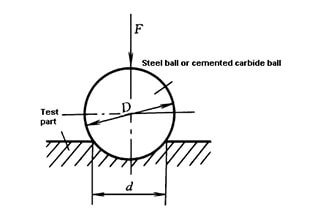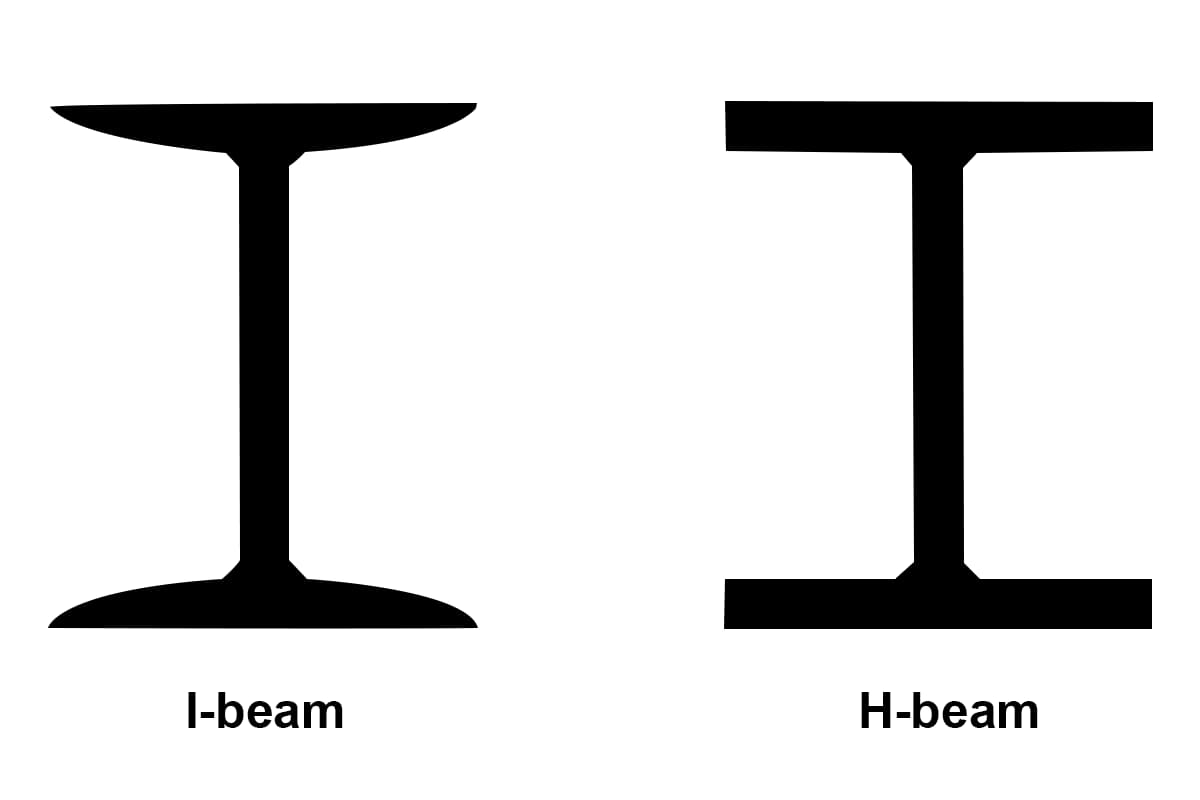
Why do some stainless steels have numbers like “4Cr13” and “40Cr13”? If you’ve ever wondered about these codes, you’re not alone. This article clarifies that 4Cr13 and 40Cr13 are essentially the same material but named differently based on the standards from different times. Discover how their carbon and chromium content impact their properties and applications, such as in cutting tools and valve seats. By the end, you’ll understand the nuances between these steel grades and how to read their designations.

“4Cr13” and “40Cr13” denote the same martensitic stainless steel grade, with nomenclature differences stemming from evolving Chinese national standards for stainless steel classification.
“4Cr13” originates from the GB1220-92 national standard for Stainless Steel Bars. This high-chromium, martensitic stainless steel exhibits excellent hardness, wear resistance, and moderate corrosion resistance. Its typical composition includes 0.36-0.45% carbon and 12-14% chromium, with small amounts of silicon, manganese, and other alloying elements.
“40Cr13” represents the updated designation in the GBT1220-2007 national standard for Stainless Steel Bars, which superseded GB1220-92 on December 1, 2007. The prefix “4” was changed to “40,” aligning with international naming conventions and providing more precise composition information.
Key characteristics and applications of 4Cr13/40Cr13 include:
This nomenclature transition applies to other similar grades:
These changes reflect a broader trend in Chinese metallurgical standards to align with international practices, enhancing global material specification compatibility and facilitating international trade in the steel industry.

4Cr13 reads: Four chromium thirteen
This designation indicates a stainless steel grade containing approximately 4% chromium and 0.13% carbon. The “Cr” stands for chromium, while the numbers before and after represent the approximate percentages of chromium and carbon, respectively.
40Cr13 reads: Forty chromium thirteen
This designation refers to a high-carbon stainless steel grade containing approximately 13% chromium and 0.40% carbon. The “40” at the beginning indicates a higher carbon content compared to 4Cr13, which significantly affects the material’s properties and applications.
Key points to understand:
Understanding these designations is crucial for material selection in various manufacturing processes, as the composition directly impacts the steel’s performance characteristics and suitability for specific applications.
The numbers “4” and “13” in 4Cr13 represent key alloying elements and their respective contents in the steel composition:
“4” indicates the carbon content, which is approximately 0.4% by weight. More precisely:
“13” denotes the chromium content, which is nominally 13% by weight. Specifically:
This naming convention quickly conveys essential information about the steel’s composition, particularly its carbon and chromium contents. The combination of these elements significantly influences the steel’s properties, including hardness, corrosion resistance, and heat treatability, making 4Cr13 suitable for applications requiring a balance of strength and moderate corrosion resistance.
The designation 40Cr13 provides crucial information about the composition of this martensitic stainless steel. Here’s a detailed breakdown:
“40” represents the carbon content, which is 0.40% by weight. This can be expressed as 40 points of carbon or 40‰ (per mille). The “40” indicates that there are 40 parts of carbon per 1000 parts of the alloy by weight.
“Cr” stands for chromium, the primary alloying element that imparts corrosion resistance to the steel.
“13” denotes the nominal chromium content, which is approximately 13% by weight.
This nomenclature system, commonly used for Chinese steel grades, provides a quick reference to the key alloying elements. The relatively high carbon content (0.40%) combined with the chromium level allows this steel to achieve high hardness through heat treatment while maintaining good corrosion resistance.
For a comprehensive understanding, refer to the attached composition comparison table of martensitic stainless steel 40Cr13, which details the full range of alloying elements and their proportions.
| Unified numerical code | New grade | Old grade | Chemical composition (mass fraction)/% | ||||||
| C | Si | Mn | P | S | Ni | Cr | |||
| S41010 | 12cr13 | 1Cr13 | 0.08-0.15 | 1 | 1 | 0.04 | 0.03 | (0.6) | 11.5-13.5 |
| S42020 | 20Cr13 | 2Cr13 | 0.16-0.25 | 1 | 1 | 0.04 | 0.03 | (0.6) | 12-14 |
| S42030 | 30Cr13 | 3Cr13 | 0.26-0.35 | 1 | 1 | 0.04 | 0.03 | (0.6) | 12-14 |
| S42040 | 40Cr13 | 4Cr13 | 0.36-0.45 | 0.6 | 0.8 | 0.04 | 0.03 | (0.6) | 12-14 |








